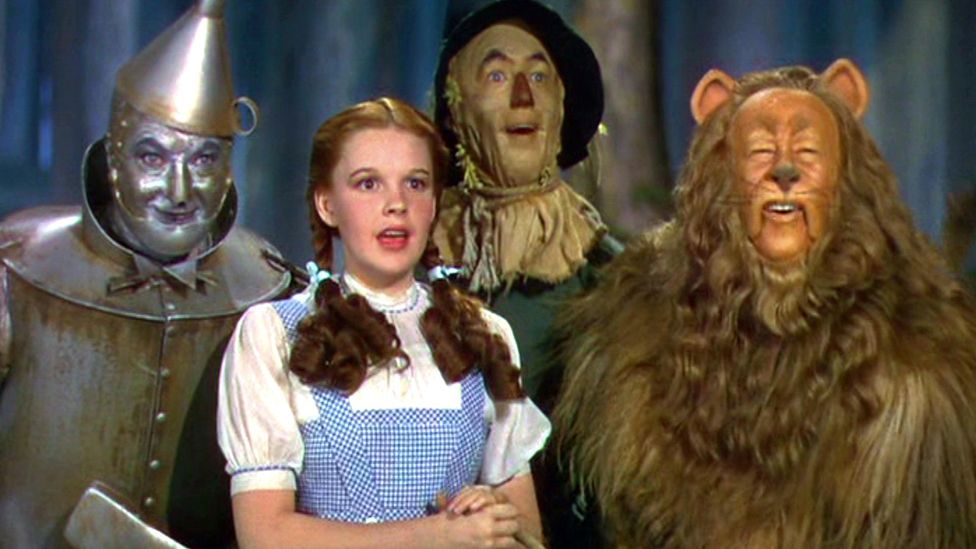

Still, in stipulating the use of 4K (or higher) sensor cameras, Netflix radically reduces the aesthetic autonomy of film directors and producers. Cinema magazine, 30% of Netflix’s “best movies of 2020” were made on non-approved cameras.

Netflix does allow limited exceptions to its rule, with use of non-approved cameras requiring its explicit approval and a “more flexible” approach to non-fiction productions. (Their company motto is “make digital more cinematic using CineGrain.”) The natural result of the physical process has been superseded by video, but digital cinema makers reintroduce this as one component in achieving a “film look”. The absurd thing is companies like CineGrain now sell digital overlays of film stock that can endow video with the grainy film look. Pass the popcorn - Scorsese cinema boycott will shape the future of movies The edges look too sharp, the shades too clearly delineated - compared to what we have been used to as cinemagoers. This is not as much of a problem on a big screen, when the images are huge, but the high resolution is really noticeable when the images are compressed on the kind of domestic TV or computer screens most people use to stream Netflix. The images in Mank look flat, depthless, they are too clean and clear. Thus video images captured by high resolution sensors look different to those shot on celluloid. This is not the case with digital cameras. There is a grainy quality to old celluloid films, seen here in this scene from Double Indemnity. Mankiewicz’s ghostwriting of Citizen Kane. This technical specification is strikingly evident in David Fincher’s recent Netflix Original production, Mank, a black and white biopic about Herman J. In other words, the sensor - which detects and conveys the information required to make an image - must be at least 3,840 pixels wide, or “Ultra High Definition”.Ĭannes is right, Netflix movies just aren't the same Though the company streams some films that are not “Netflix Originals”, it requires narrative feature films made for Netflix be shot on cameras with a “true 4K UHD sensor”. Most made-for-Netflix productions don’t look like the cinema we’re used to. This year again, there are no Netflix-produced films in the festival competition due to a rule all films selected to compete must have a local theatrical release.Ĭannes is right. In 2018, Netflix were snubbed by the Cannes Film Festival on the basis Netflix-produced films are not true cinema. But most cinematographers and techies agree the camera’s resolution is crucial to the crispness of the image. Image capture resolution is only one factor in how an image looks - dynamic range, that is, difference between the darkest and lightest parts of the image, is another. A typical 4K digital cinema image for instance, has a resolution of 4,096 (horizontal) x 2,160 (vertical) pixels. This number refers to the number of horizontal pixels. In digital cinema’s resolution wars, you will often hear people speak about 4K - as in, 4000 - or 8K, or now even 12K resolution. As a rule, the more pixels, the crisper the image - that is, the sharper the edges of the subject appear. Resolution refers to the number of pixels appearing in an image, and is usually measured in pixels per inch.

Dorothy and her friends set out to rescue him, and defeat the Witch once and for all. She takes over the Emerald City, steals the gifts belonging to Dorothy's friends, and casts a spell that causes an evil wind to constantly blow the Wizard's hot air balloon around. Glinda arrives and tells Dorothy that Truckle and the Winged Monkeys that were loyal to the Wicked Witch of the West have performed an evil ritual that brought her back to life. They immediately reunite with the Scarecrow, Tin Man, and Lion. In the series, Dorothy Gale uses the magic of the ruby slippers to return herself and Toto to the Land of Oz, in this case by doing the opposite of her famous line "There is no place like Oz".


 0 kommentar(er)
0 kommentar(er)
